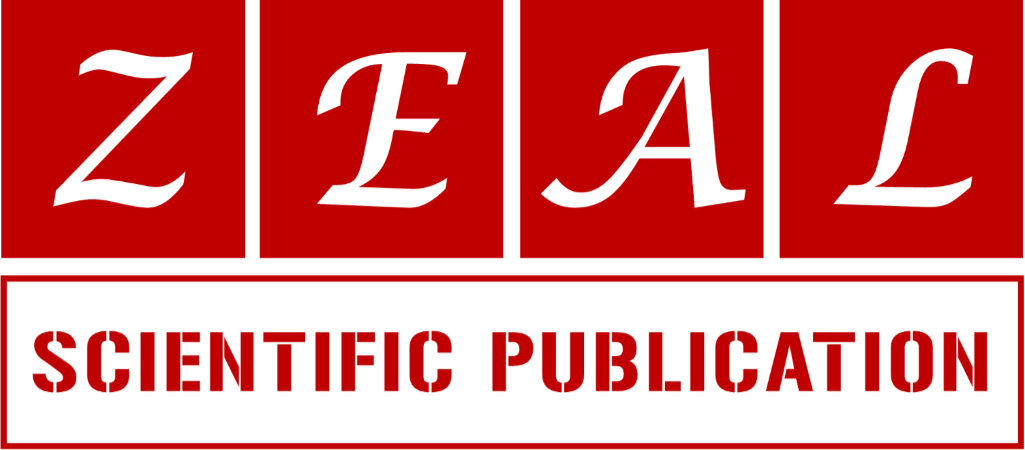Ultradian and hyperdian rhythms determine the output of transmitters from brain neurons
Department of Pharmacology and Toxicology, University of Innsbruck, Austria.
Review
World Journal of Advanced Pharmaceutical and Medical Research, 2024, 06(01), 023–028.
Article DOI: 10.53346/wjapmr.2024.6.1.0032
Publication history:
Received on 29 December 2023; revised on 07 February 2024; accepted on 10 February 2024
Abstract:
Using the push-pull superfusion technique for determining the in vivo release the neurotransmitters catecholamines, histamine, GABA and the neuromodulator nitric oxide in distinct brain areas revealed that they are released according to ultradian rhythms with frequencies of 135-36 min per cycle and hyperdian rhythms with frequencies of less than 30 min (24 -10 min) per cycle. The electrical activity of EEG delta and theta waves also varies rhythmically. The pacemaker of the EEG and histamine rhythm is located in the hypothalamus. Simultaneous recordings of EEG and histamine release revealed that high neuronal activity of EEG coincides with low histamine release rates and vice versa. The significance of these rhythms for brain function and modulation of the activity of peripheral organs by the brain is discussed.
Keywords:
Brain; Push-pull superfusion; Neurotransmitters; Neuromodulators; Nitric oxide; EEG; Ultradian rhythms; Hyperdian rhythms
Full text article in PDF:
Copyright information:
Copyright © 2024 Author(s) retain the copyright of this article. This article is published under the terms of the Creative Commons Attribution Liscense 4.0
